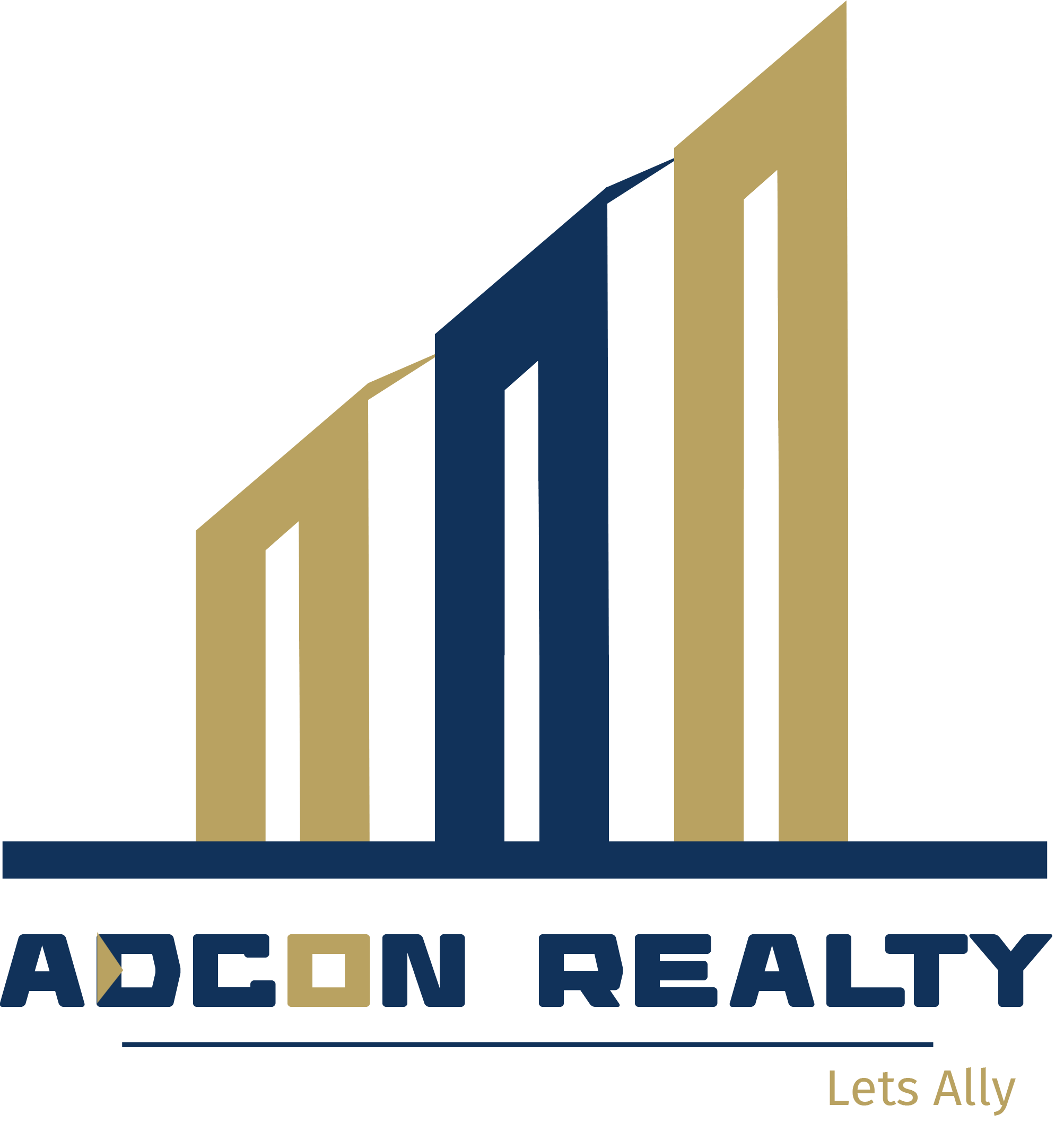
In today’s rapidly evolving business landscape, technology is playing an increasingly crucial role in shaping modern office spaces. From enhancing productivity to improving employee satisfaction, the integration of smart technologies is transforming how we work. Let’s explore how tech integration can boost productivity and look at some examples of smart office technologies that are making waves.
How Tech Integration Can Boost Productivity
Enhanced Communication and Collaboration:
- Unified Communication Platforms: Tools like Slack, Microsoft Teams, and Zoom facilitate seamless communication among team members, regardless of their location. These platforms integrate messaging, video conferencing, and file sharing, making collaboration more efficient.
- Cloud-Based Collaboration: Services like Google Workspace and Microsoft 365 allow employees to work on documents, spreadsheets, and presentations simultaneously from different locations, ensuring real-time collaboration and reducing delays.
Automation of Routine Tasks:
- Workflow Automation Tools: Platforms such as Zapier and Automate.io can automate repetitive tasks like data entry, email responses, and social media posting. This frees up employees’ time to focus on more strategic activities.
- AI Assistants: AI-powered virtual assistants like Siri, Alexa, and Google Assistant can manage schedules, set reminders, and even book meetings, enhancing productivity by handling routine administrative tasks.
Data-Driven Decision Making:
- Business Intelligence Tools: Tools like Tableau, Power BI, and Looker help organizations analyze large volumes of data to gain insights and make informed decisions. These tools can identify trends, track performance, and uncover opportunities for improvement.
- Predictive Analytics: Leveraging AI and machine learning, predictive analytics can forecast market trends, customer behavior, and operational inefficiencies, enabling proactive decision-making.
Improved Workflow and Space Utilization:
- Smart Office Systems: IoT devices and sensors can monitor office space utilization, helping businesses optimize their layouts and reduce unnecessary costs. For instance, smart lighting and climate control systems adjust based on occupancy, enhancing comfort and reducing energy consumption.
- Hot Desking Solutions: Platforms like Robin and DeskFlex allow employees to reserve desks on demand, maximizing the use of available space and accommodating flexible work arrangements.
Enhanced Employee Well-being:
- Ergonomic Tech Solutions: Adjustable standing desks, ergonomic chairs, and wearable tech that monitors posture can improve physical well-being, reducing the risk of work-related injuries and increasing productivity.
- Wellness Apps: Apps like Headspace and Calm provide guided meditation and mindfulness exercises, promoting mental well-being and helping employees manage stress effectively.
Examples of Smart Office Technologies
Internet of Things (IoT) Devices:
- Smart Lighting Systems: Philips Hue and Lutron allow for customizable lighting settings that can be adjusted based on natural light availability and employee preferences, reducing eye strain and enhancing productivity.
- Climate Control Systems: Nest and Ecobee smart thermostats optimize heating and cooling based on occupancy patterns, creating a comfortable working environment while saving on energy costs.
Virtual and Augmented Reality (VR/AR):
- Virtual Collaboration: VR platforms like Spatial and AltspaceVR enable remote teams to collaborate in a virtual environment, simulating in-person interactions and fostering team cohesion.
- AR for Training: AR applications such as Microsoft HoloLens are being used for employee training and onboarding, providing immersive, hands-on experiences that enhance learning and retention.
Advanced Communication Tools:
- Video Conferencing Solutions: Zoom, Microsoft Teams, and Google Meet have become indispensable for virtual meetings, offering features like screen sharing, virtual backgrounds, and breakout rooms to facilitate effective communication.
- Real-Time Translation: Tools like Google Translate and Skype Translator break down language barriers in multinational teams, enabling real-time translation of spoken and written communication.
Artificial Intelligence (AI) and Machine Learning (ML):
- Smart Assistants: AI-driven assistants like Cortana, Alexa for Business, and Google Assistant can schedule meetings, manage emails, and perform various tasks through voice commands, improving efficiency.
- Chatbots: Integrated into customer service platforms, chatbots handle routine inquiries, provide instant support, and free up human agents to focus on complex issues.
Security and Access Control:
- Biometric Systems: Fingerprint scanners, facial recognition, and retina scanners enhance office security by ensuring that only authorized personnel can access sensitive areas.
- Smart Locks: Systems like August Smart Lock and Kisi allow for keyless entry and remote access management, providing flexibility and enhanced security.
Conclusion

An expert in marketing, strategy, and logistics, specializes in high-impact ad marketing campaigns across digital platforms and has a deep understanding of digital marketing, branding, and lead generation, helping businesses find the perfect solutions for growth. With a keen eye for data-driven strategies and compelling content, has successfully positioned Adcon Realty as a trusted name in the industry.




